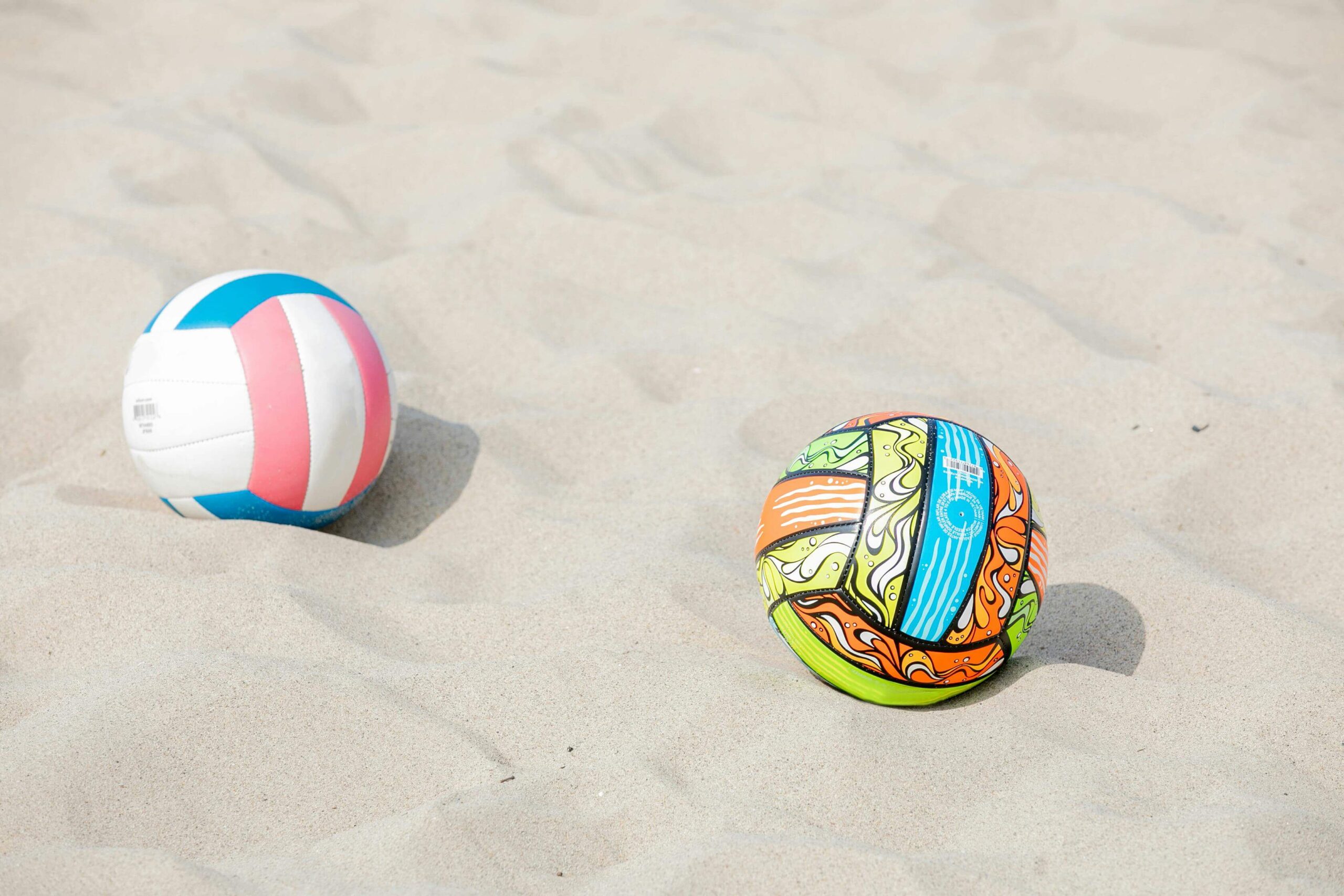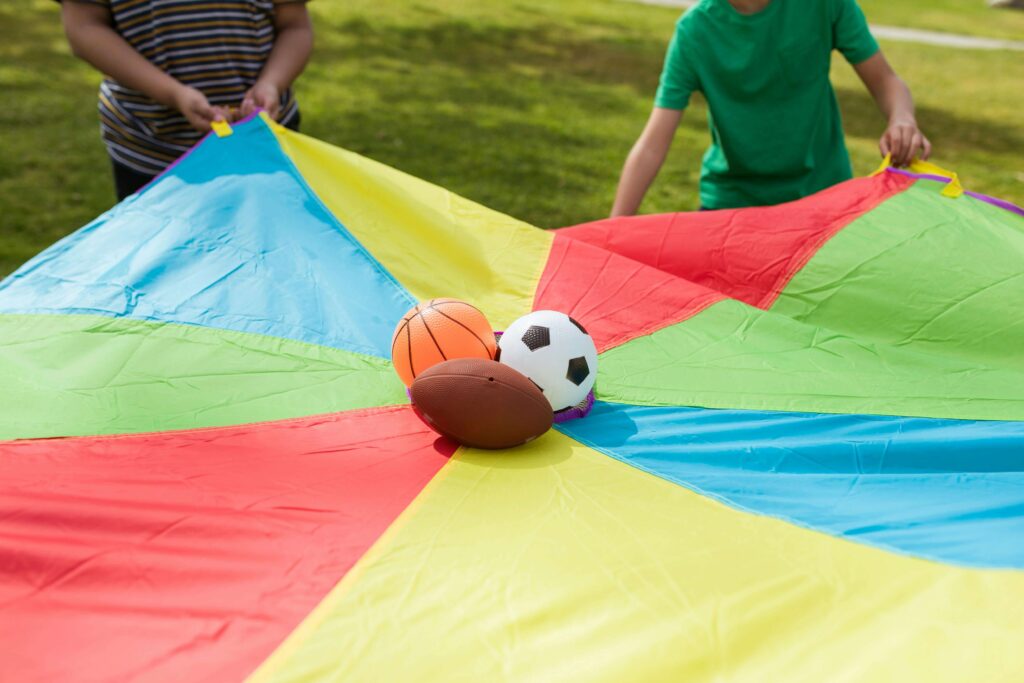The sports ball is one of the most recognizable and necessary pieces of equipment in sports. Sports balls, which are made for particular sports, exist in a vast array of sizes, shapes, and materials, and can be used for training, professional competitions, or leisure use. What, though, makes a ball ideal for any game? We will examine the numerous kinds of sports balls, their composition, and their use in different sports in this extensive guide. This page will give you all the information you need regarding sports balls, regardless of whether you are a coach, athlete, or just a sports enthusiast.
What Are Sports Balls?
At its core, a sports ball is a spherical object designed for play in various physical games or sports. It is a fundamental piece of equipment that is used to facilitate scoring, passing, kicking, dribbling, and other actions depending on the sport. Sports balls come in a wide variety of shapes, sizes, weights, and textures, but they all have the same function: to support athletes in their chosen sport.
Types of Sports Balls
There are many different kinds of sports balls, and each is appropriate for the regulations and style of play of a particular sport. The most popular kinds of sports balls are listed below, along with information about their traits and applications.
- Soccer Ball
Size: 5
Material: Synthetic leather or polyurethane
Use: Soccer (Football)
Arguably the most popular sports ball in the world, the soccer ball is spherical and designed to be kicked, passed, and shot on the field. A standard regulation soccer ball is made of 32 panels and is usually made of synthetic leather or polyurethane. Soccer balls are designed for durability, especially for outdoor play on grass or turf.
A professional soccer ball weighs about 410–450 grams (14–16 ounces) and has a circumference of about 68–70 cm (27–28 inches). There are also different variations of soccer balls for various weather conditions and playing surfaces, including futsal balls for indoor play and training balls that may have a slightly different feel or weight.
- Basketball
Size: 7 (men), 6 (women)
Material: Rubber or synthetic leather
Use: Basketball
Basketballs are designed to be dribbled, passed, and shot through a hoop. They are typically orange, with a textured surface to provide grip. A standard men’s basketball (size 7) has a circumference of 29.5 inches and weighs about 22 ounces. The women’s ball (size 6) is slightly smaller, with a circumference of 28.5 inches.
Rubber or synthetic leather, which offer durability and traction, are used to make basketballs.Because of its design, the ball bounces efficiently, which makes it perfect for the game’s fast-paced action. Outdoor basketballs are usually more durable and appropriate for rougher playing surfaces due to their different construction.
- A tennis ball
Measurements: 2.5 inches in diameterMaterial: Rubber covered in feltUse: Tennis
Although it is also available in other hues, like white, the tennis ball is most famous for its vivid yellow hue. Its felt-covered rubber core helps control how it bounces on the court. Tennis balls are used in both singles and doubles matches, and their design ensures they can withstand the high-speed impacts and spins involved in the game.
A typical tennis ball weighs between 56 and 59 grams and has a diameter of roughly 2.5 inches. There are also variations of tennis balls designed for different surfaces, such as grass, clay, and hard courts. For example, extra duty tennis balls are made for hard courts, while regular duty balls are more suited to clay courts.
- Baseball
Size: 9 inches (circumference)
Material: Leather with cotton or polyester filling
Use: Baseball
The baseball is a small, hard ball used in the sport of baseball. It is constructed from a leather shell that is stitched together, with a core filled with yarn or other materials. A regulation baseball has a circumference of about 9 inches and weighs 5–5.25 ounces.
Baseballs are designed to be pitched at high speeds, hit with a bat, and fielded by players. The ball’s stitching allows for different types of pitches (e.g., curveballs, sliders) to be thrown with spin. While professional baseballs are tightly wound and carefully constructed, there are also training balls and softballs used for different age groups and skill levels.
- Football
Size: Regulation NFL: 11 inches (length)
Material: Leather or rubber
Use: American Football
An American football is an oblong-shaped ball designed for the sport of football. Unlike other sports balls, the football has a pointed shape, which allows it to be thrown in a spiral motion for more accurate passes.
NFL-style regulation footballs weigh between 14 and 15 ounces and are constructed from premium leather.Football balls are made to survive rigorous play in outdoor environments and heavy hits. The football’s elongated shape and laces allow players to grasp the ball securely and perform a variety of throwing methods, including spiral passes.
- Volleyball
Size: 65-67 cm (circumference)
Material: Synthetic leather or rubber
Use: Volleyball
Volleyballs are lightweight, round balls designed for use in indoor and outdoor volleyball. They are typically made from synthetic leather or rubber,delivering the ideal ratio of light weight to durability. A standard volleyball weighs roughly 9 to 10 ounces and measures 65 to 67 centimeters in circumference.
The ball is designed to be passed, spiked, and served during volleyball matches. Both pros and amateurs will find the game more enjoyable because of its soft, smooth surface, which lessens the impact of strong spikes on players’ arms.
- Golf Ball
Dimensions: 1.68 inches across
Material: Dimpled cover with rubber coreUse: Golf
The golf ball is a hard, compact ball made specifically for the game. It weighs around 45.93 grams and has a diameter of 1.68 inches. Golf balls contain a rubber core and a dimpled surface that improves aerodynamics, lowering drag and increasing ball velocity.
Golf balls come in various designs, with different types of dimples and core materials tailored for specific playing conditions and skill levels. Your performance on the course can be impacted by your choice of golf ball, regardless of your skill level.
- Rugby Ball
Size: 11 inches (length)
Material: Leather or synthetic
Use: Rugby
Rugby balls with an oval shape are typically made of leather or some synthetic material. Its design allows for precise passing and kicking, and its erratic bounce heightens the intensity of the game.American footballs and rugby balls are almost the same size but have different shapes. The average rugby ball weighs between 14 and 16 ounces and measures 11 inches in length. Due to its shape, the ball is easy to handle in both open play and set-piece scenarios.

Choosing the Right Sports Ball for Your Needs
When choosing a sports ball, there are several factors to consider:
- Sport-Specific Requirements
Each sport has specific rules regarding ball size, weight, and material. For example, a regulation soccer ball cannot be used for basketball, and a football is not designed for tennis. Make sure you are using the right ball by always checking the specific requirements for the sport you have chosen.
- Type of Surface
The type of surface you’ll be playing on also plays a role in the choice of sports ball. For instance, tennis balls for grass courts may differ slightly from those designed for hard courts. Similarly, some basketballs are designed for indoor play, while others are made for outdoor courts.
- Player Age and Skill Level
The kind of sports ball you select will also depend on the participants’ ages and skill levels. Professional-level balls are made for optimal performance and longevity, while youth leagues frequently use lighter or smaller balls to accommodate younger players.
- Durability and Performance
For many sports balls, durability is essential, particularly when used outdoors. Look for balls with premium materials, reinforced stitching, and strong bounce retention to ensure long-lasting performance—especially if you plan to use the ball frequently or under demanding conditions. Visit here for more info.
Conclusion
Sports balls are essential to nearly every sport, and the right ball can make all the difference in your game. Knowing the various kinds of sports balls and their features will help you select the best one for your requirements, whether you are looking for a basketball for leisure play or a soccer ball for a competitive match. Always consider factors like material, size, and the type of sport when selecting your ball, and remember that each ball is engineered to help you perform at your best.
Every sport, from golf’s accuracy to football’s fast-paced action, depends on a properly made ball to provide the best possible play. Your performance will increase the next time you prepare for a practice or game by using the appropriate sports ball!You will be well on your way to comprehending the significance of sports balls in various sports if you follow this advice.


